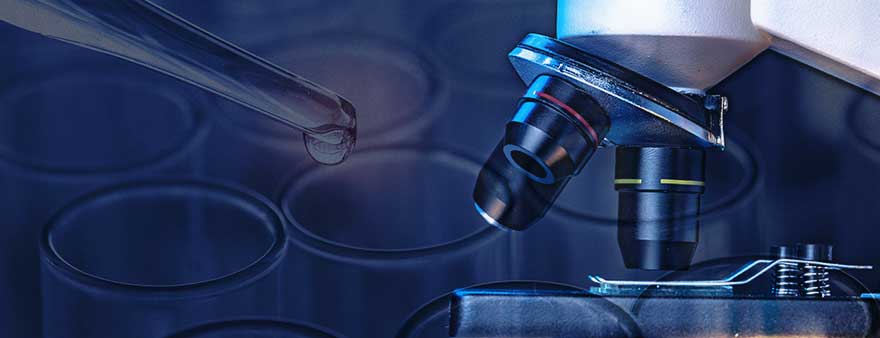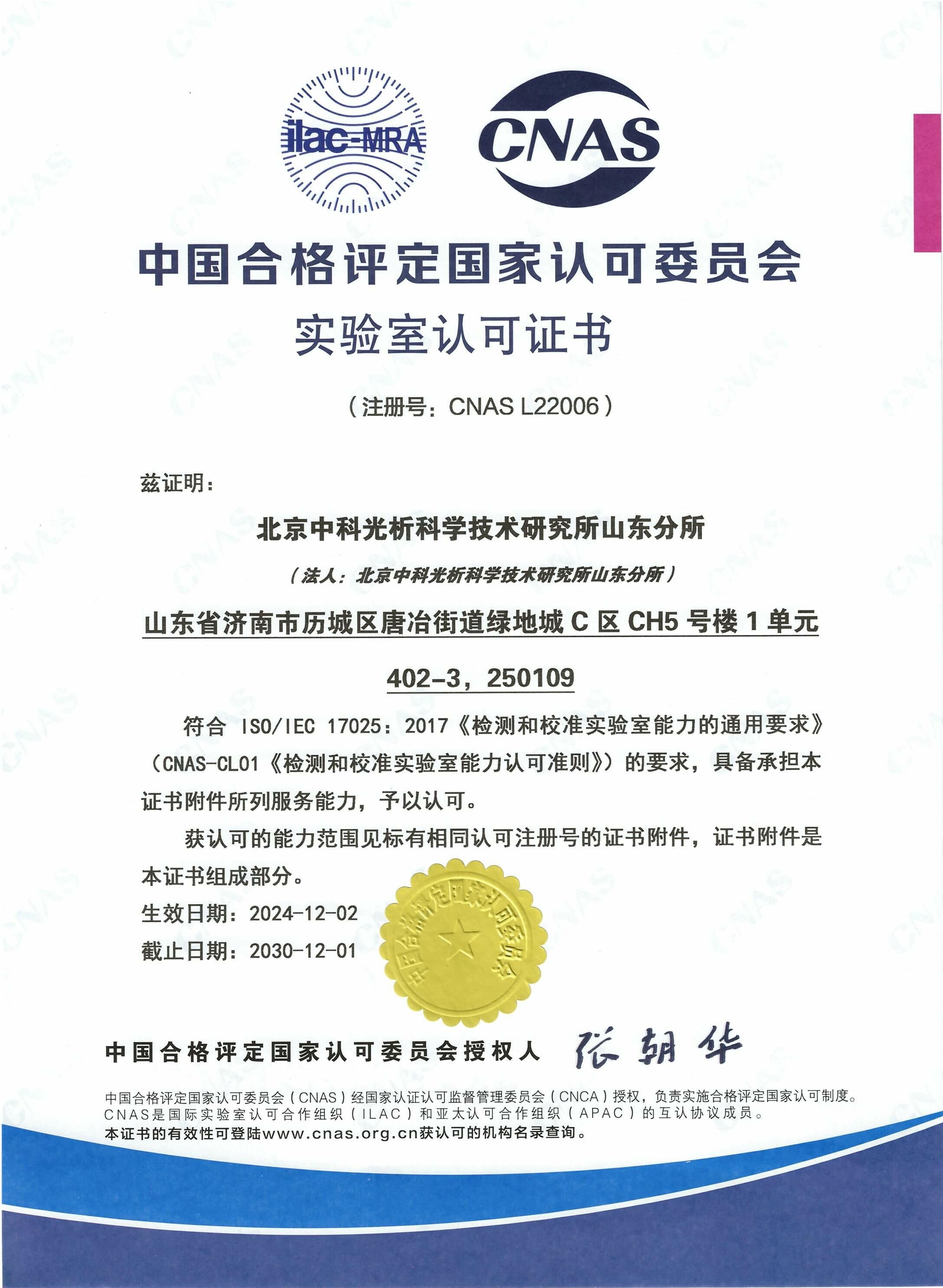
Carnitine, primarily known as L-carnitine or levocarnitine, is a naturally occurring amino acid derivative that plays a critical role in energy metabolism by facilitating the transport of long-chain fatty acids into the mitochondria for oxidation and energy production. It is commonly found in dietary supplements, infant formulas, sports nutrition products, and pharmaceutical formulations due to its potential benefits in weight management, athletic performance enhancement, and treatment of certain conditions like carnitine deficiency syndromes. The detection of carnitine is essential across various industries, including food and beverage, healthcare, and biotechnology, to ensure product quality, safety, and efficacy. For instance, accurate detection helps prevent adulteration in supplements, verify nutritional claims, monitor therapeutic levels in patients, and assess environmental or biological exposure in research settings. With the rising demand for carnitine-based products, robust and standardized detection protocols have become indispensable to comply with regulatory requirements and safeguard consumer health. This article delves into the key aspects of carnitine detection, focusing on the specific projects, methodologies, and standards that underpin this analytical process.
In carnitine detection, several key projects are routinely evaluated to assess the substance's composition, purity, and safety. These projects include the measurement of total carnitine content, which quantifies the overall amount of carnitine present in a sample, as well as the specific analysis of free carnitine and its esterified forms like acetyl-L-carnitine and propionyl-L-carnitine, which are biologically active. Additionally, impurity detection is crucial, covering contaminants such as heavy metals (e.g., lead, arsenic, and mercury), residual solvents from manufacturing processes, and microbial contaminants. Other critical projects involve stability testing to determine carnitine's shelf life under various conditions and enantiomeric purity assessment to differentiate between the biologically active L-carnitine and its inactive D-isomer. For example, in pharmaceutical applications, projects often extend to bioavailability studies to ensure optimal absorption and efficacy in human subjects, while in food products, projects focus on verifying label claims and detecting potential allergens or adulterants.
Several advanced analytical methods are employed for carnitine detection, each suited to different sample types and precision requirements. The most common method is High-Performance Liquid Chromatography (HPLC), often coupled with ultraviolet (UV) or mass spectrometric detection (HPLC-MS), which offers high sensitivity and specificity for quantifying carnitine levels in biological fluids, supplements, and food matrices. Another widely used technique is Enzyme-Linked Immunosorbent Assay (ELISA), which provides rapid results for screening large numbers of samples in clinical or research settings, though it may require validation for accuracy. For more detailed structural analysis, methods like Nuclear Magnetic Resonance (NMR) spectroscopy or gas chromatography-mass spectrometry (GC-MS) are utilized, especially for identifying impurities or metabolites. Additionally, microbiological assays and colorimetric methods are applied for routine testing in quality control laboratories due to their cost-effectiveness. For instance, in infant formula testing, automated enzymatic assays are often preferred for their simplicity and reliability in detecting trace amounts of carnitine.
Carnitine detection adheres to strict international and national standards to ensure consistency, reliability, and regulatory compliance. Key standards include the United States Pharmacopeia (USP) monographs, such as USP <461> for heavy metals and USP <621> for chromatography methods, which provide detailed protocols for carnitine purity and content testing in pharmaceuticals. The European Pharmacopoeia (Ph. Eur.) standards, particularly Ph. Eur. 9.0 monograph 01/2008:1473 for levocarnitine, outline requirements for identification, assay, and impurity limits. For food and dietary supplements, standards from the Association of Official Analytical Chemists (AOAC) and the International Organization for Standardization (ISO), such as ISO 21748 for analytical method validation, guide sample preparation and quantification procedures. Additionally, regulatory bodies like the U.S. Food and Drug Administration (FDA) and the European Food Safety Authority (EFSA) enforce guidelines on maximum residue levels and labeling accuracy, ensuring that carnitine products meet safety thresholds for human consumption. Compliance with these standards is mandatory for market approval and quality assurance.

